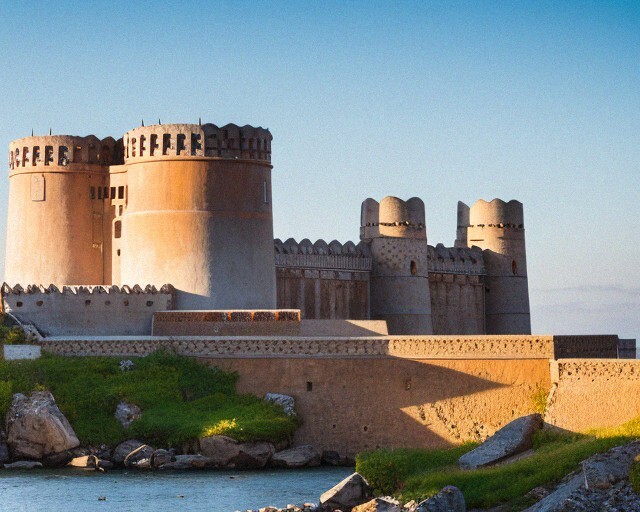A Look into the Ancient City of Nain and Its Destruction.
Mina Tribe was at the ancient city of Nain, destroyed by Baharmall, no doubt with the aid of his Mogul connections. An old historical distich thus records the power of the Mina princes of Nain :
Baivan kot, chhappan darvdja,
Mina mard, Nain kd raja,
Vado raj Nain ko bhago.
Jab bhus hi men vamto mago.

That is, ‘ There were fifty-two strongholds,^ and fiftj’-six gates belonging to the manly Mina, the Raja of Nain, whose sovereignty of Nain was extinct, when even of chaff (bhus) he took a share.’
If this is not an exaggeration, it would appear that, during the distractions of the first Islamist dynasties of Delhi, the Minas had attained their primitive importance.

Certainly from Pajiui, the vassal chieftain of Prithiraj [350], to Baharmall, the con- temporary of Babur, the Kachhwahas had but little increased their territory. When this latter prince destroyed the Mina sovereignty of Nain, he levelled its half hundred gates, and erected the town of Lohwan (now the residence of the Rajawat chief) on its ruins. A distinction is made in the orthography and pronunciation of the designation of this race : Maina, meaning the asl, or ‘ un- mixed class,’ of which there is now but one, the Usara ; while Mina is that applied to the mixed, of which they reckon barah pal,^ or twelve communities, descended from Rajput blood, as Chauhan, Tuar, Jadon, Parihar, kachawaahas, Solanki, Sankhla, Guhilot, etc., and these are subdivided into no less than five thousand two hundred distinct clans REF1 Page 1333


